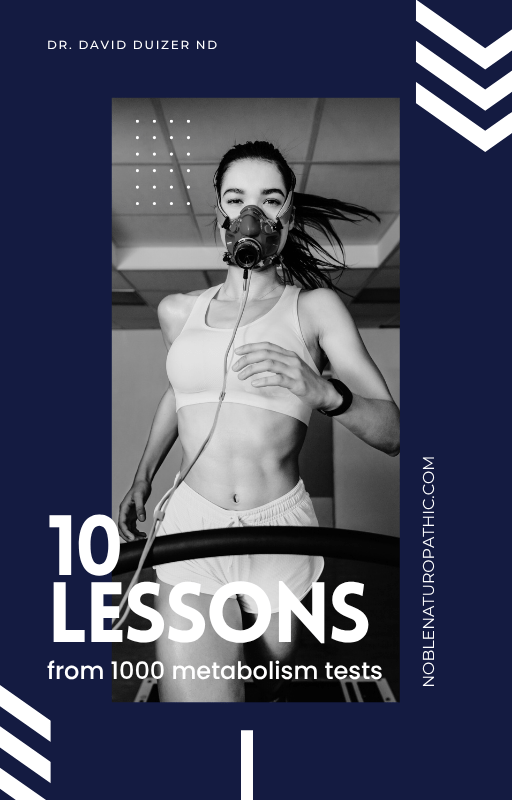oPregnancy is a beautiful time of change, and an amazing depiction of how our bodies can adapt, create and nurture life. Addressing core strength is an important way to support the body’s changes during pregnancy, and allow for optimal healing postpartum.
Diastasis recti is the separation of the rectus abdominis muscle, which is the vertical band of muscles (otherwise known as the six pack abs) that run along either side of the Linea alba (the central band of connective tissue in the middle of our abdomen). Diastasis recti occurs in all women throughout pregnancy, it is a natural progression and adaptation of the body to the growing baby inside the womb. However, recuperation of the abdominal separation and healing time can vary greatly from person to person.
Prolonged diastasis recti can be an indication of muscle dysfunction in the core and be associated with symptoms such as lower back pain, pelvic pain, pain with intercourse, weakness in the abdominals, constipation, urinary incontinence, and increased risk of hernia. Visual cues that may indicate unhealed diastasis recti include coning or doming of the abdomen when trying to contract the abdominal muscles, and a feeling of weakness when engaging the core muscles – which can affect day to day tasks like lifting objects…or even your baby!
Assessment for diastasis recti involves measuring the width and depth of the gap, and the location of separation, and tracking its progress of healing. Gentle deep breathing exercises that engage the core, modification of certain movements to safeguard the core, and gentle exercises to strengthen these muscles will help aid in healing. Other vital aspects of life like nutrition, hydration, and mental-emotional awareness and support can also pave the way to a holistic restoration of our body postpartum.
Need support in your postpartum journey or want to be proactive in addressing core health in pregnancy? Book a consultation or a free 15 minute meet and greet with Dr. Ming Mei Zhang, ND, RMT today.


Recent Comments